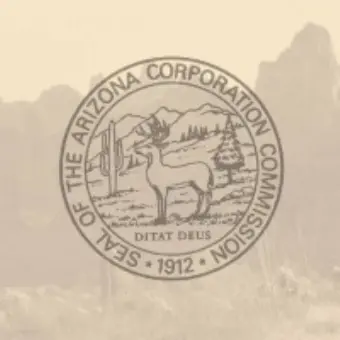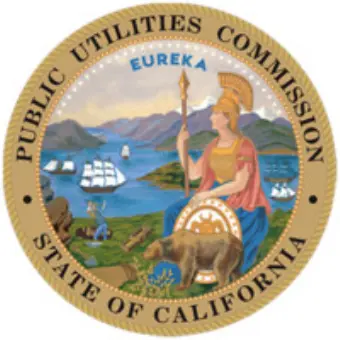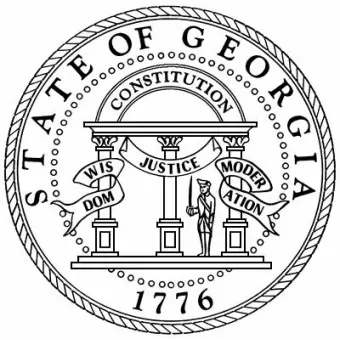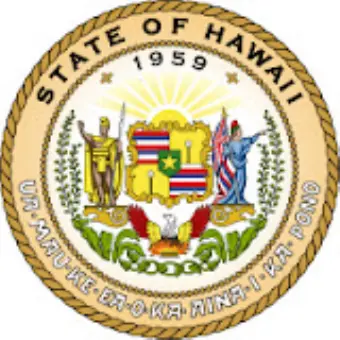To ensure a regulatory balance between regulated companies and consumers in order to provide consumers with safe, adequate and reliable services at rates that are equitable and economical. The Alabama Public Service Commission was designated as such in 1915 by the Alabama Legislature. The Commission evolved from the Railroad Commission of Alabama, which was created in 1881 to regulate railroads. The Commission has always been composed of three elected members: a president and two associate commissioners. Between 1881 and 1915, the Legislature extended the Railroad Commission’s jurisdiction to include express companies, sleeping car companies, railroad depots and terminal stations. In addition, the Commission’s jurisdiction was broadened to include the regulation of telephone and telegraph companies, transportation companies operating as common carriers over water and operators of toll bridges, toll ferries, and toll roads. The Commission was also charged with the regulation of utilities providing electricity, gas, water, and steam, companies operating streets or inter-urban railways, as well as rail and communication companies already subject to regulation by the former Railroad Commission. The newly constituted agency thus became known as the Alabama Public Service Commission. The Commission’s authority was extended to approving the sale or lease of utility property or franchises and was broadened again in 1920 when the Legislature made the Commission responsible for regulating utility rates.












